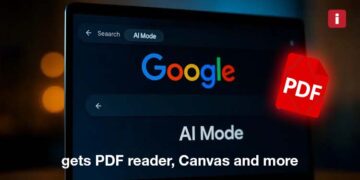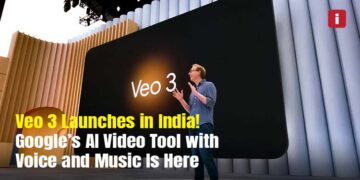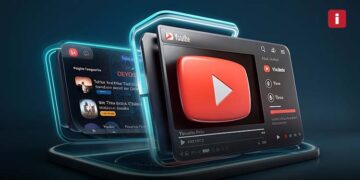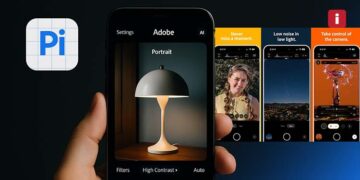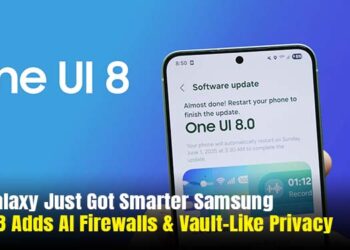What Are Google’s New AI Glasses?
At TED2025, Google introduced something exciting: AI-powered smart glasses that could change how we use technology every day.
These glasses look just like regular ones but they’re not. Inside, they have a tiny screen, a powerful AI assistant (Gemini AI), and no need for a phone. You can ask them questions, get directions, translate languages, or even find your lost keys. All hands-free.
How Do the Glasses Work?
Google’s smart glasses are powered by Gemini AI, Google’s smartest AI yet. They also run on Android XR, a new version of Android made for extended reality (XR) devices.
Just talk to the glasses like you would with Google Assistant. You don’t need to take out your phone. The glasses will respond with a voice or show information on the built-in display in the lens.
Cool Features You’ll Love
They Help You Find Lost Stuff
Can’t find your wallet or remote? These glasses remember what you saw and where. Just ask, and they’ll help you find it.
Real-Time Language Translation
Traveling or speaking with someone who speaks a different language? The glasses can translate conversations in real time, right in your ear or on the screen.
Get Directions Without Looking at Your Phone
Walking somewhere? The glasses show you turn-by-turn directions, like Google Maps, but directly in your field of view.
See and Learn Instantly
Look at a book, plant, or product you’ll get instant info about what it is, just by looking at it.
How Do They Look?
They look just like stylish everyday glasses. No bulky gear or weird blinking lights. The display is small and discreet, so it’s easy to forget you’re even using smart glasses.
How Are They Different from Other Smart Glasses?
You might remember older smart glasses like Google Glass, or Meta’s new Ray-Ban Stories. But these are different.
Here’s Why:
- No phone needed — they work on their own.
- Powered by Gemini AI, which understands your voice, visuals, and context.
- Built on Android XR, so developers can create amazing new apps for it.
What Did Google Say?
At TED2025, Google CEO Sundar Pichai said:
“This is our vision for ambient computing: AI that’s helpful, contextual, and invisible.”
That means Google wants AI to blend into your life—quietly helping you without needing a screen or keyboard.
When Can You Get Them?
Google hasn’t announced a release date yet, but early versions are already being tested by people in:
- Healthcare
- Education
- Warehousing and logistics
Experts believe they may be available to consumers by 2026.
Why This Matters
These glasses are a big step toward the future of AI-powered living. Instead of tapping on phones or talking to smart speakers, we’ll just see, speak, and interact naturally with AI helping us every step of the way.
From students and travelers to doctors and warehouse workers, these AI glasses could change how we see and use the world.
Follow Insight Tech Talk
Stay ahead of the curve with updates on smart wearables, AI breakthroughs, and the future of technology only at Insight Tech Talk.








